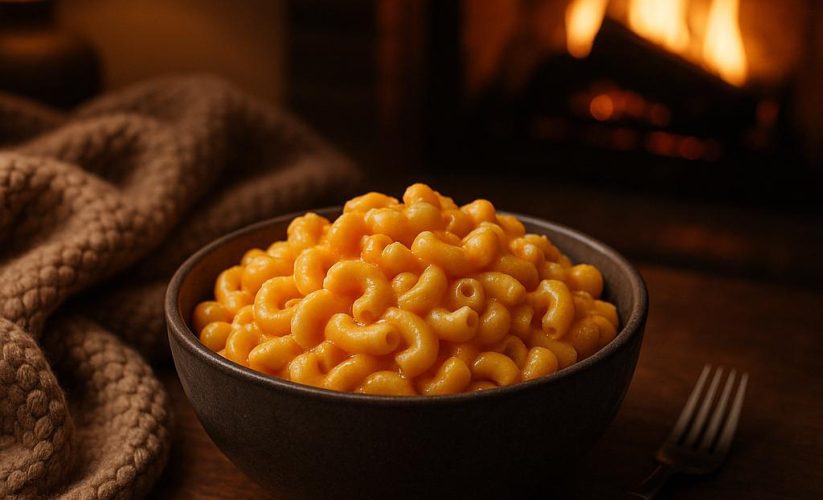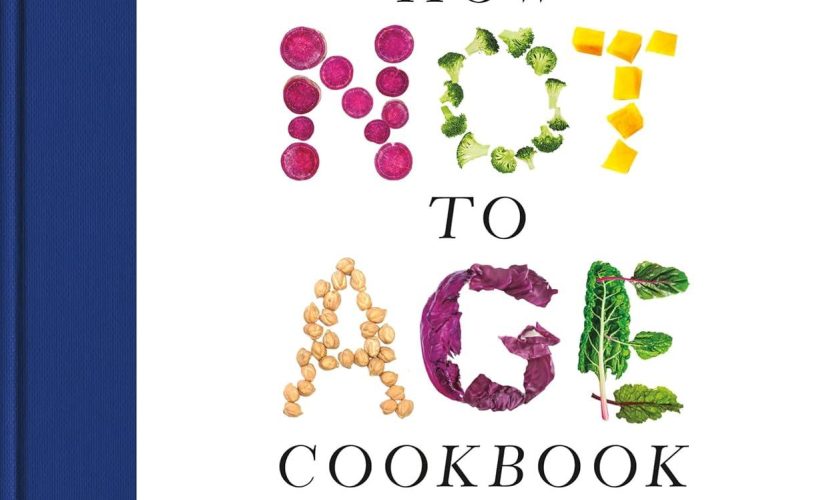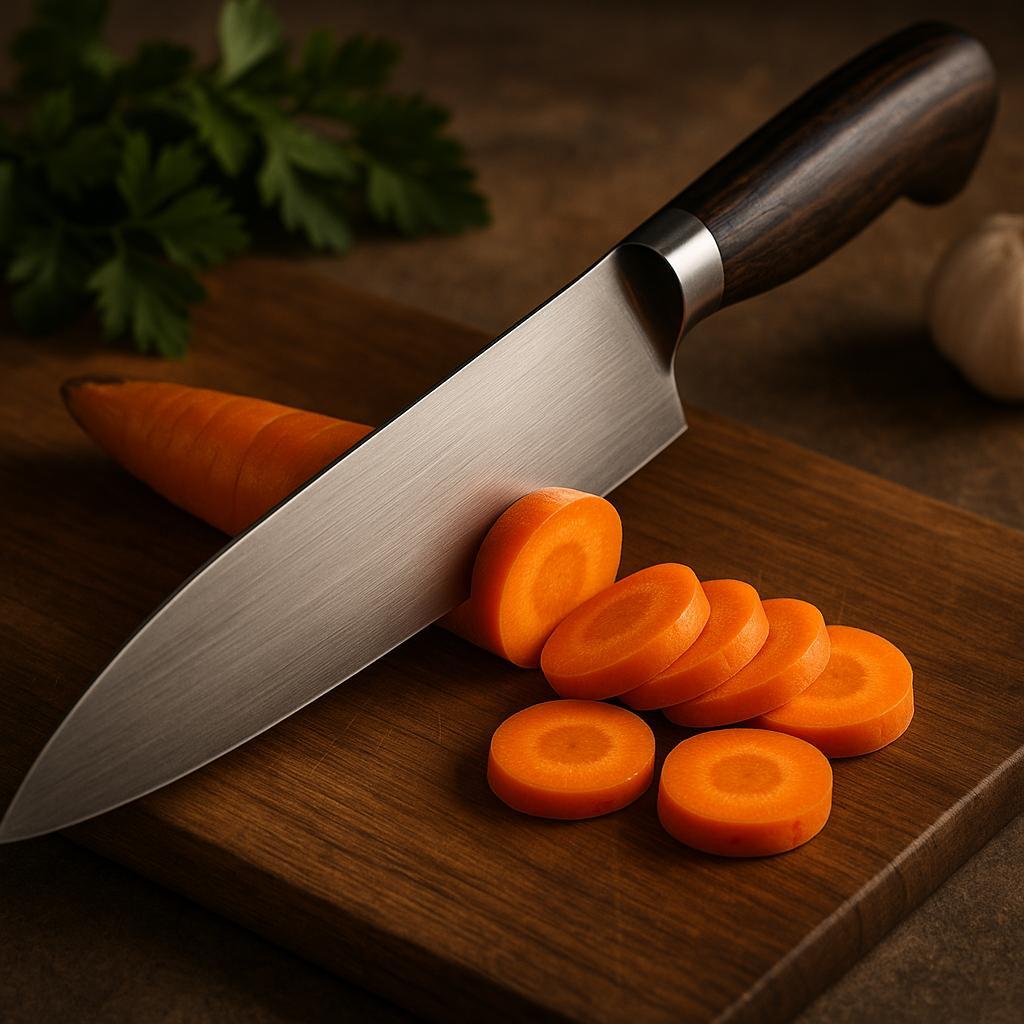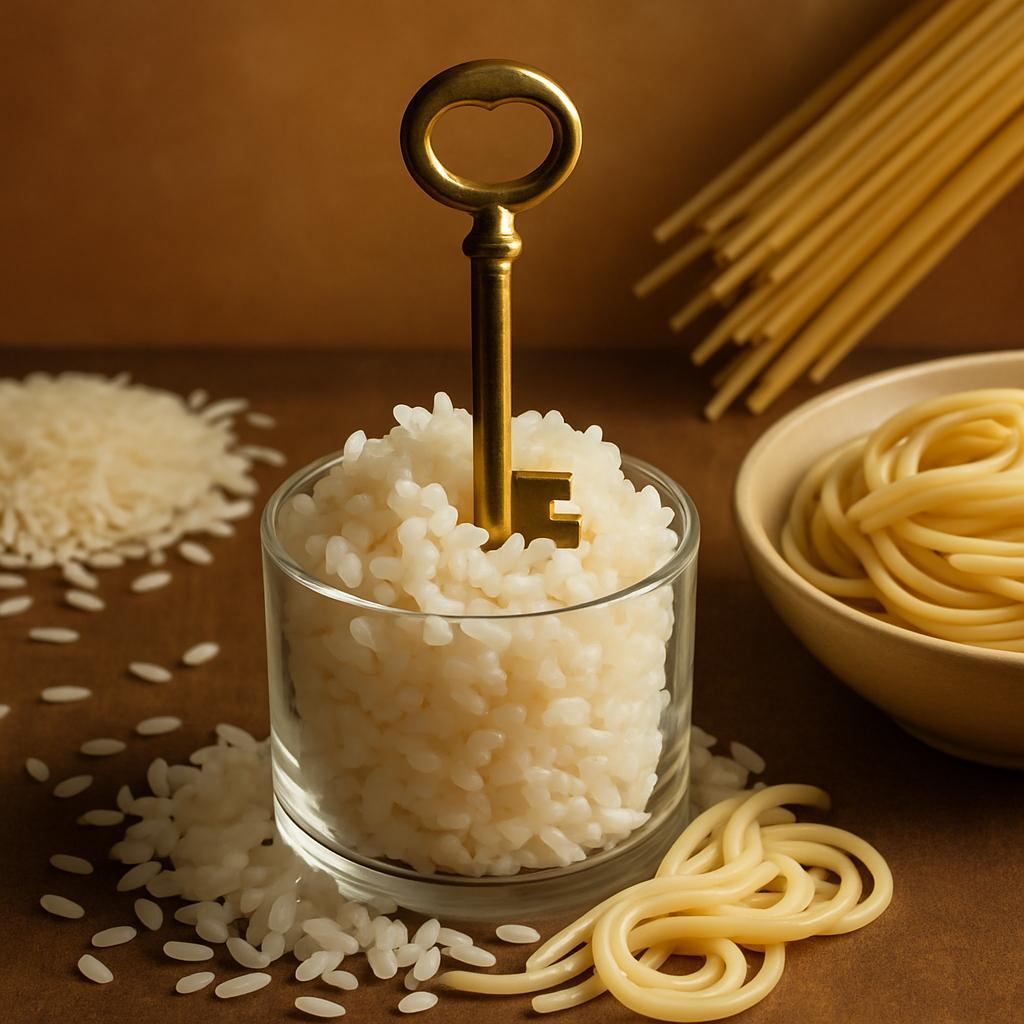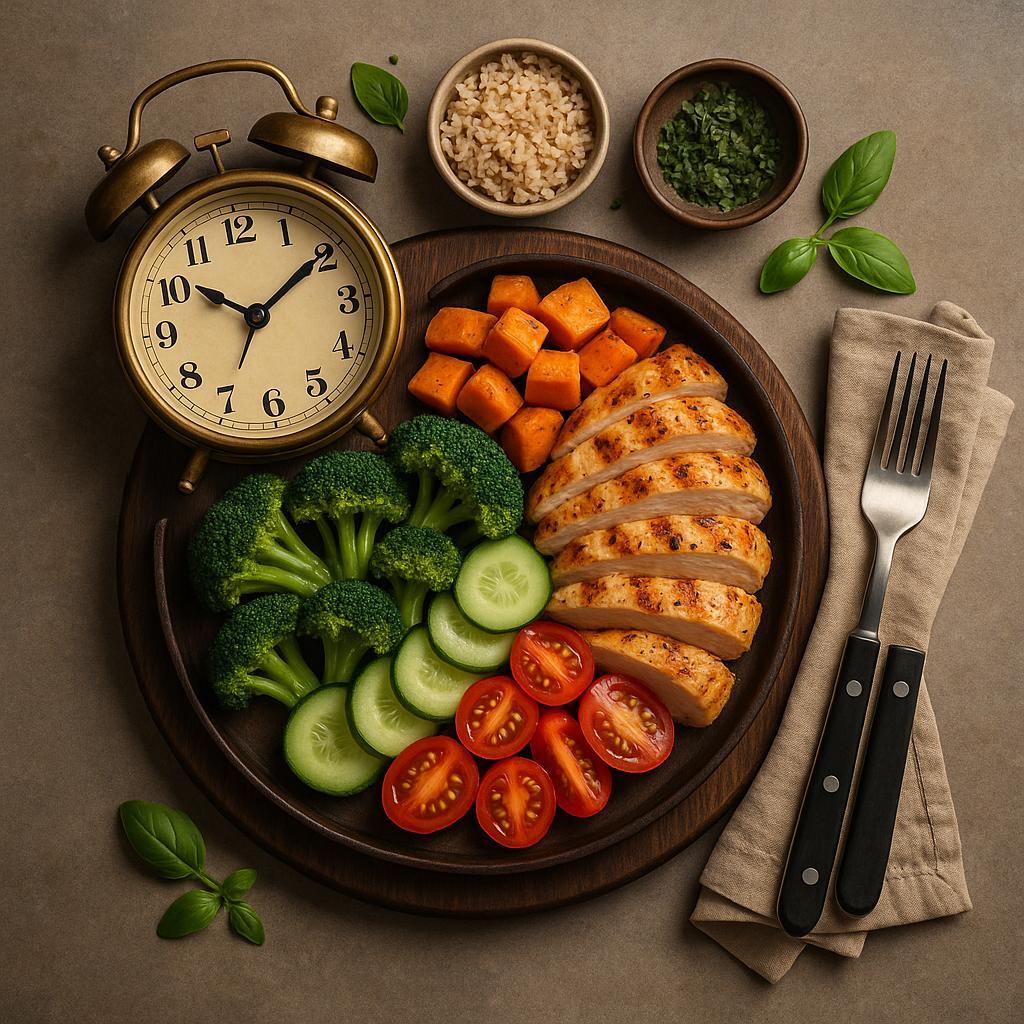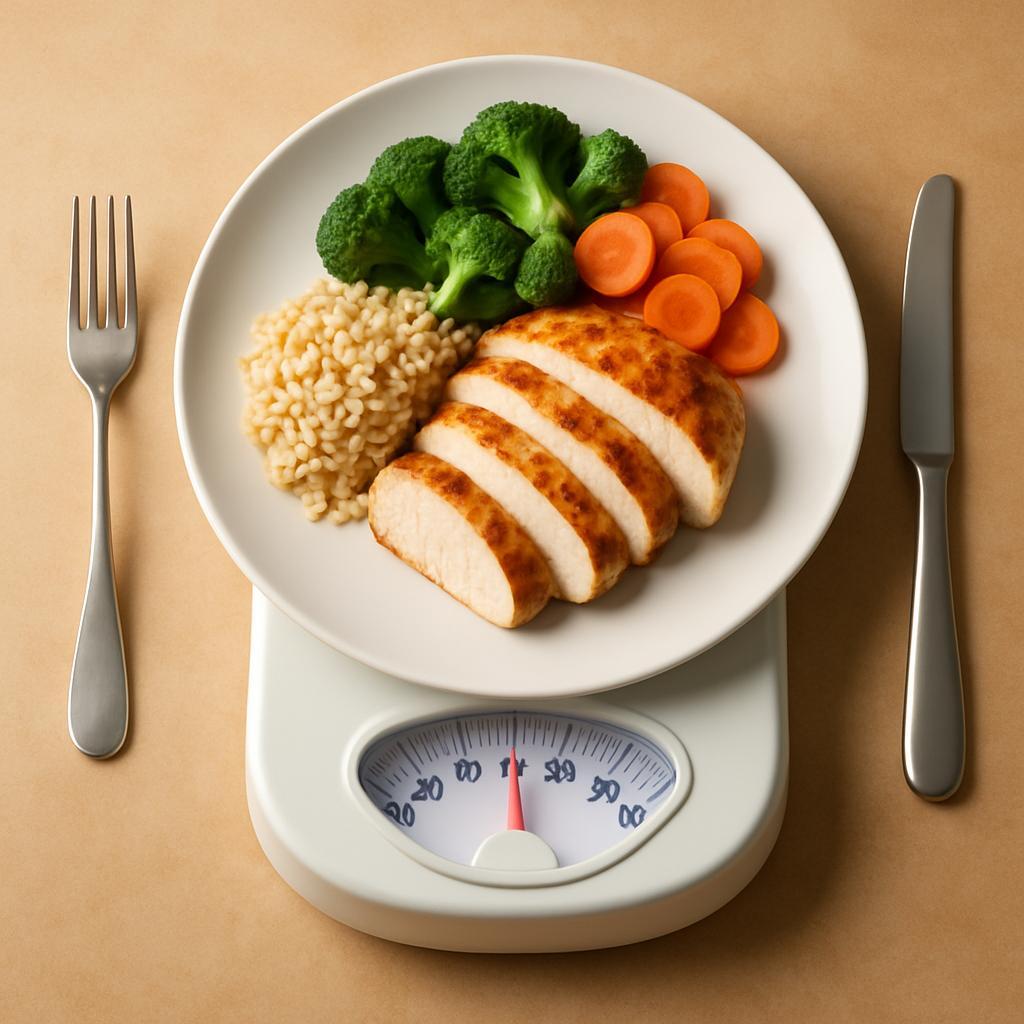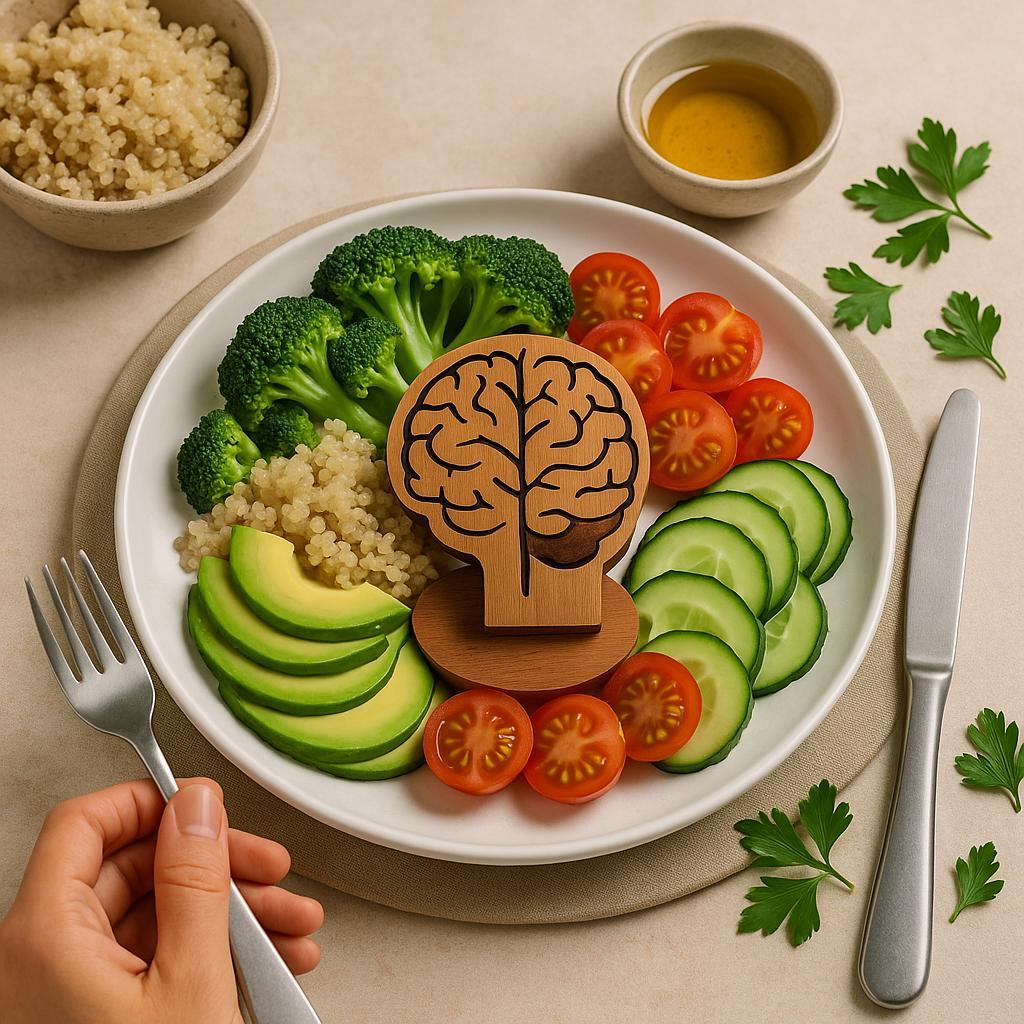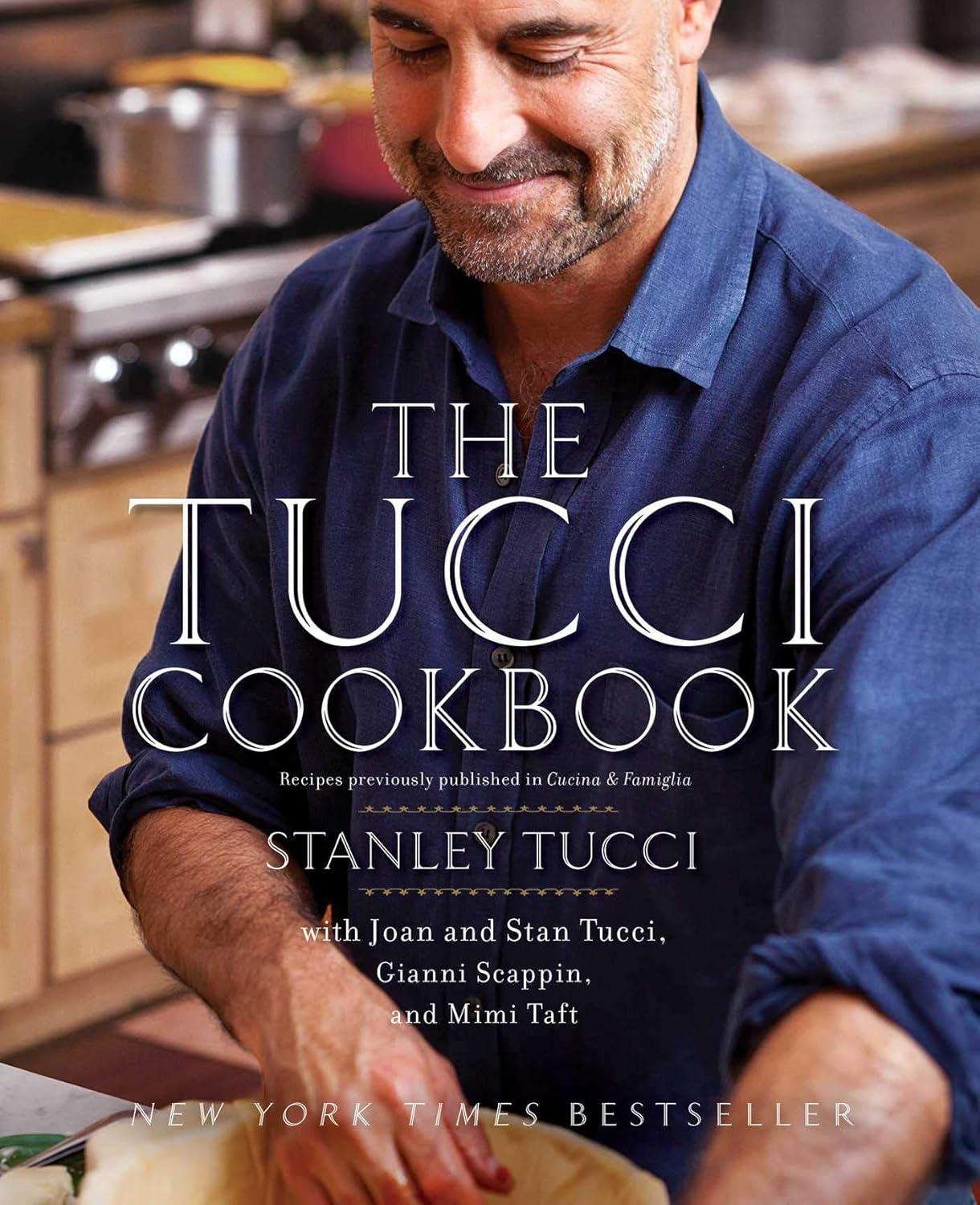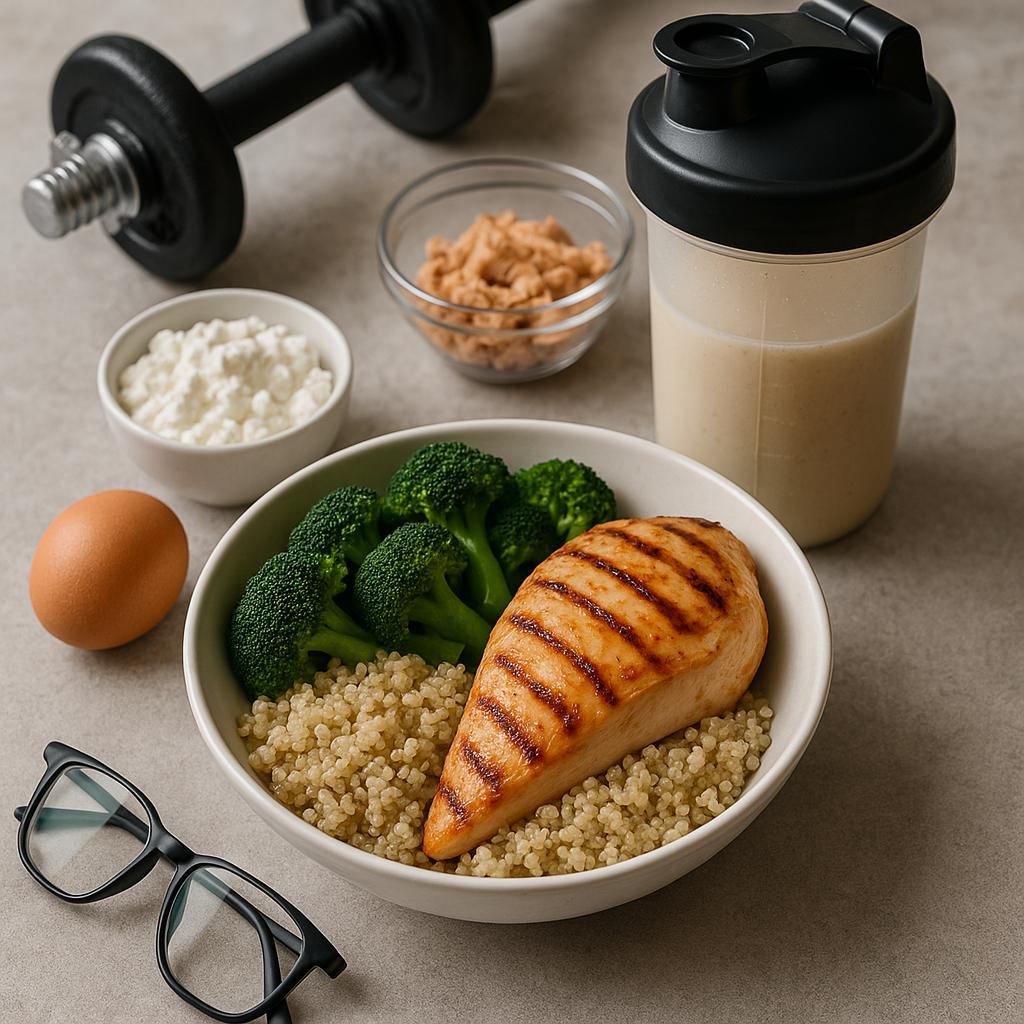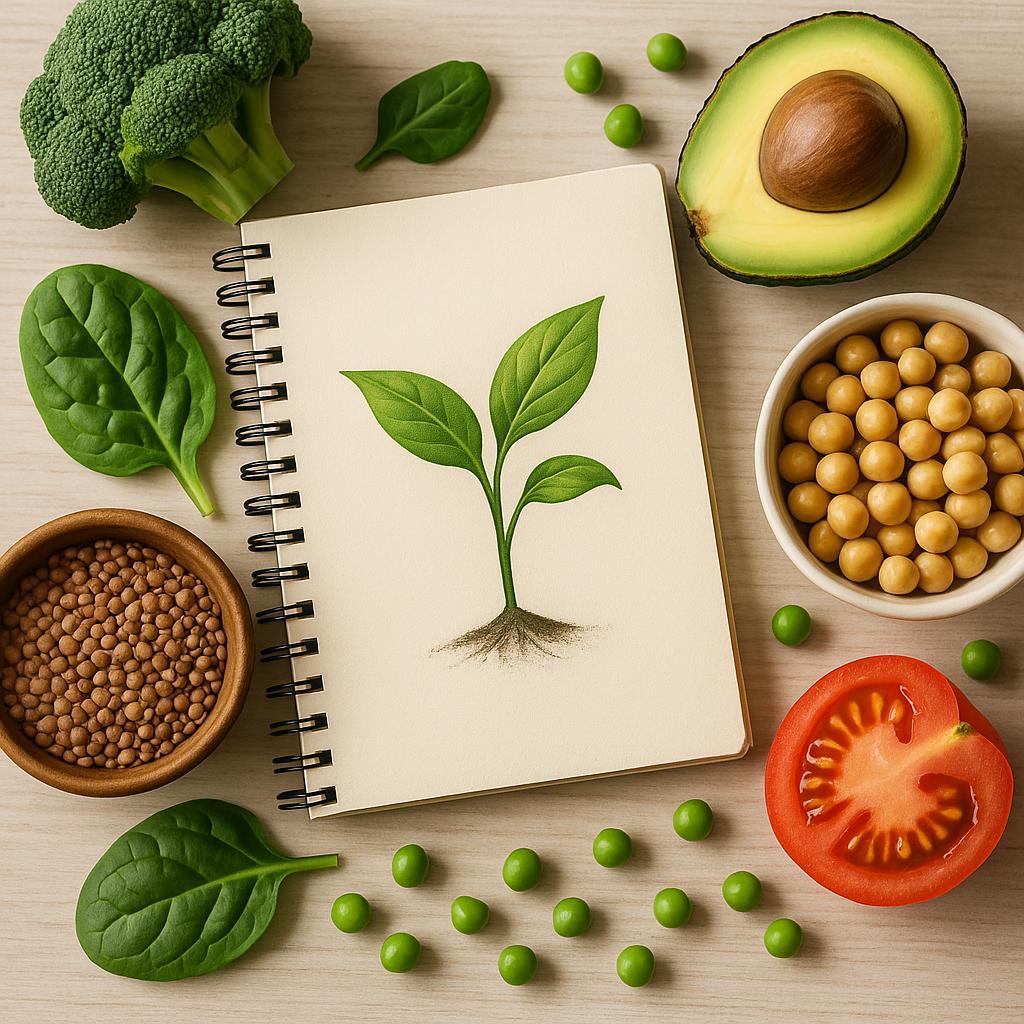Streamlined Batch-Cook Blueprint to Save You Time

Time is finite; appetite isn’t. If your evenings keep dissolving into last‑minute scrambles, a streamlined batch‑cook blueprint can change the tempo. By consolidating decisions, prep, and cleanup into one focused block, you convert a few deliberate hours into a week of low‑effort, high‑quality meals. This approach favors smart sequencing over marathon sessions, flavor‑forward components over tired leftovers, and flexibility over rigid meal plans. Consider it a practical map to cook once, eat well, and keep your calendar intact-no special equipment or chef tricks required. Here’s how to set up a modular system that lets dinner practically assemble itself.
Table of Contents
- Map your week with a streamlined prep that actually sticks
- Build a smart grocery loop that trims costs and decisions
- Mix and match sauces to keep every batch tasting new
- Portion freeze and reheat with a system that shortens weeknight effort
- Q&A
- To Wrap It Up
Map your week with a streamlined prep that actually sticks
Block a single 90-minute session on your calendar, then build a modular kit you can remix all week. Aim for 3 bases (e.g., 6 cups cooked grains or starches), 2 proteins (about 2 lb total, split across two types), 3 vegetables (8-10 cups roasted/steamed), and 2 sauces (2 cups each). Keep flavors adaptable: salt, pepper, lemon, olive oil, garlic, and one signature herb blend. Roast vegetables at 425°F while grains simmer and proteins sear or bake; blend sauces while everything cools. Portion into three “family kits” (roughly 4 servings each) and four singles for backup lunches. Label with date and component name, then assign a simple storage map: proteins on the top shelf, bases in the middle, sauces in the door; left side is consumed first, right side is held for later (a built-in first-in, first-out system). Double one protein and one sauce to freeze flat in bags; move a frozen pair to the fridge every two nights so you’re always two meals ahead without extra cooking.
Use fast assembly “plays” so decisions are automatic: bowls (base + protein + veg + sauce), wraps, quick skillet tosses, sheet-pan reheat, or 10-minute soup. Target 15 minutes or less from fridge to plate by pre-heating a pan while you unpack components. If you repeat a protein twice, switch the second sauce for variety; if a meeting runs late, reheat everything together on a lined sheet for zero-dish cleanup. Keep a shallow “Use First” bin for any cut produce and cooked odds so they get folded into omelets, quesadillas, or fried rice during the week. After dinner, run a 5-minute reset: refill the Ready-to-Heat bin, note what’s running low, and move tomorrow’s frozen items to thaw. Track wins: average assembly time under 15 minutes, fewer than three dishes per meal, and an empty “Use First” bin by Friday. Adjust next week’s ratios accordingly-double the base that vanished first, reduce the slow mover-and your prep will stick because it fits how you actually eat.
Build a smart grocery loop that trims costs and decisions
Design a repeatable, decision-light cycle that starts with a lean pantry core and a rotating flavor fringe. Anchor your week in 3-4 batch-friendly “bases” (grains, beans, roasted veg, shredded chicken or tofu) and let sauces, herbs, and seasonal produce provide variety. Build a single default list grouped by store zone to shorten trips, and attach clear triggers to each staple (e.g., rice ≤ $0.90/lb, oats ≤ $1.10/lb). Keep a small freezer buffer worth 1.5 weeks of lunches to absorb busy days, and enforce FIFO labeling with cook dates. The loop thrives on constraints: one store, one sale scan per week, two intentional “wildcards” for curiosity, and a hard cap on perishables you can cook within 72 hours.
- Set a 4-slot template: Pot Meal, Sheet-Pan, Soup/Stew, Build-Your-Bowl; cook double, portion half for later.
- Lock a 20-item evergreen list (aromatics, legumes, grains, eggs, frozen veg, oil, canned tomatoes) with target unit prices; buy only at or below target.
- Use two-bin logic for high-use items (working bin + reserve); when the working bin empties, it auto-adds to the list-no mental math.
- Prioritize a “use-next” shelf for produce that expires within 72 hours and plan the first two meals around it.
- Track a door-mounted freezer map (3 lines: protein, bases, sauces) to prevent lost food and duplicate buys.
Make the loop smarter with tiny metrics that guide choices. Build a one-page price book in your notes app with unit price normalized to edible yield (e.g., whole chicken at $1.29/lb ≈ $2.15/lb cooked meat at 60% yield). Tag each item with a buying rule: BOGO only if shelf-stable ≥ 30 days or freezer space ≥ 2 slots; otherwise skip. Batch-prep components that travel across meals (chimichurri, tahini sauce, roasted alliums) to collapse weekday decisions, and keep a standing “Leftovers Ladder” (taco → burrito bowl → soup) to convert remnants before they spoil. Automate reorders by saving your default cart, schedule a 15-minute Sunday inventory sweep, and retire three underused items each month to keep the system nimble, low-cost, and resistant to impulse buys.
Mix and match sauces to keep every batch tasting new
Set yourself up with a neutral base-lightly salted grains, simply roasted vegetables, and proteins seasoned with only salt, pepper, and a little oil-then let sauces do the heavy lifting all week. On prep day, whisk or blend a few quick mixes and portion them into 2-tablespoon containers or an ice-cube tray for grab-and-go flavor hits. Aim for a simple framework: fat + acid + umami + heat/sweet. Think 3 parts creamy or oily element to 1-1.5 parts acid, then season with soy/miso/anchovy or nutritional yeast for depth, plus a touch of honey/chili to balance. Label each sauce with cuisine cues (e.g., “smoky,” “herby,” “spicy”) so you can steer leftovers in totally different directions. To serve, loosen thicker sauces with pasta water or broth, brighten with a squeeze of citrus, and finish with toasted seeds or fresh herbs for snap. Reserve a portion as a finishing sauce and another as a marinade-same flavor, two jobs-so tonight’s chicken and tomorrow’s grain bowl don’t taste like repeats.
Try high-impact, small-batch staples you can rotate without fatigue: Creamy Tahini-Lemon-3 tbsp tahini, 2 tbsp lemon juice, 1 tbsp olive oil, 1 tsp maple, 1 grated garlic clove, salt, water to thin; drape over roasted carrots, turkey meatballs, or farro. Gochujang-Lime-2 tbsp gochujang, 1 tbsp lime juice, 1 tbsp soy, 1 tbsp honey, 2 tsp sesame oil; toss with crispy tofu, salmon, and broccoli rice bowls. Miso-Ginger Brown Butter-brown 3 tbsp butter, whisk in 1 tbsp white miso, 1 tsp grated ginger, splash of rice vinegar; cascade over sweet potatoes, mushrooms, or udon. Smoky Tomato-Paprika-simmer 1/2 cup crushed tomatoes with 1 tsp smoked paprika, 1 tbsp olive oil, 1 tsp sherry vinegar, pinch of sugar; spoon onto beans, eggs, or chicken thighs. Herb Chimichurri Yogurt-blend 1/4 cup parsley, 1/4 cup cilantro, 1 small garlic clove, 2 tbsp red wine vinegar, 3 tbsp olive oil, 1/3 cup yogurt, chili flakes; swipe under steak, cauliflower, or lentils. Most keep 5-7 days chilled or 2 months frozen; thaw overnight, whisk, and your “same” batch becomes a new meal in under a minute.
Portion freeze and reheat with a system that shortens weeknight effort
Right after cooking, split tonight’s servings and move the rest into a cooling routine that prevents sogginess and ice crystals: spread on a sheet pan 15-20 minutes, then portion. Aim for consistent units you can grab without thinking-mains at 4-6 oz per person, grains and veg at 1 cup, sauces at 1/2 cup. Use a silicone muffin tray to make tidy “pucks” of rice or beans and 1/2-cup sauce cubes; once solid, transfer to zipper bags, press out air, and label. Stews and soups go in 2-cup glass containers with headspace; proteins lay flat in bags to flat-freeze for fast thawing; fragile items (meatballs, roasted veg) flash-freeze on a tray before bagging. Label with date, portion size, and a quick cue like “OVN” or “MICRO,” keep a small “use-first” bin, and practice FIFO so the oldest leaves first. A midweek habit seals the system: each Wednesday, shift Thursday/Friday portions from freezer to fridge to thaw, and update a simple freezer index in your notes app so you plan from what you actually have, not what you think you have.
Reheating becomes autopilot when matched to the portion: from fridge-cold, warm proteins and grains together in a lidded skillet with 1-2 tablespoons water or stock over medium-low for 5-7 minutes; from frozen, microwave at 50% power in 60-90 second intervals with a splash of liquid and a vented cover, stirring between rounds until hot; casseroles or stews reheat covered at 350°F for 20-25 minutes (uncover last 5 for texture), while breaded items re-crisp in an air fryer at 360°F for 8-12 minutes. Always reheat to 165°F/74°C, and revive flavor with a quick finishers kit: fresh herbs, citrus, crunchy seeds, a drizzle of chili oil, or a spoon of yogurt. To stock future nights with even less effort, freeze raw proteins directly in marinade (e.g., 1 lb chicken thighs + 1/4 cup soy, 1 tbsp honey, garlic); thaw overnight and cook 20-25 minutes. The result is a freezer that functions like a menu-modular pieces ready to assemble, upgraded at the table, and on the plate in minutes.
Q&A
How do I choose a weekly batch-cook menu that minimizes effort and waste?
Use overlap to your advantage. Pick two proteins, two starches, and three vegetables that share prep and cook at similar temperatures. For example, roast chicken thighs and chickpeas on one sheet pan, bake sweet potatoes while a pot of rice cooks, and add a mixed pan of broccoli, carrots, and onions. Build two sauces from one base-e.g., a yogurt-herb sauce and a harissa-yogurt swirl-or a tahini-lemon base turned into a sesame-ginger drizzle. Buy by weight to match servings: 1 lb (450 g) raw boneless protein yields about three cooked portions; 1 cup (185 g) dry rice yields roughly 3 cups cooked (3 servings). Plan to repurpose components in multiple assemblies so nothing lingers unused.
What’s a simple 2-hour workflow that keeps the kitchen moving without chaos?
Start by preheating the oven to 425°F (220°C), boiling a kettle, rinsing grains, and getting a pot of rice or quinoa going (0:00-0:10). Chop vegetables, toss with oil and salt, and load sheet pans; slide them in (0:10-0:25). Season or marinate proteins; sear if desired, then add to the oven once veg has a head start (0:25-0:50). While pans roast, blitz two sauces, wash herbs, and set up containers (0:35-1:00). Finish any stovetop simmer (beans, lentils, or a soup) and hard-boil eggs if using (1:00-1:20). Pull everything to wire racks for faster cooling, assemble a couple of ready-to-eat bowls, and portion the rest into shallow containers (1:20-1:45). Rapid-chill uncovered in the fridge until steam stops, then seal, label, and stack (1:45-2:00).
How can I keep meals from tasting repetitive without cooking five different dishes?
Cook neutral, well-seasoned bases and change only the finish. Roast veg with salt, pepper, and garlic; season proteins simply with a versatile spice blend; keep grains plain. Then rotate “flavor switches”: chimichurri over rice bowls one day, tahini-lemon with roasted veg the next, peanut-lime on noodle bowls, or miso-maple on roasted sweet potatoes. Add last-minute crunch and acid-quick pickled onions, toasted nuts, shredded slaw, or a citrus squeeze-plus fresh herbs. The same chicken, rice, and veg can become a burrito bowl, Mediterranean pita wrap, or sesame noodle salad in minutes.
What containers and labeling system make storage fast and foolproof?
Use stackable, rectangular 2-cup (500 ml) and 4-cup (1 L) containers for efficient cooling and portion control; glass works for oven-to-table, BPA-free plastic for light, freezer-friendly storage. Choose leakproof lids with microwave vents and a few shallow sheet-pan-sized trays for rapid chilling. Label every container with contents, date, and use-by (e.g., “Chicken Thighs | 8/10 | use by 8/14”) plus a quick reheat note (“Microwave 2 min, stir; 165°F”). Color-code lids by meal type (protein, veg, starch, sauce) or day. Keep a simple freezer list on your phone to avoid forgotten portions.
How long do batch-cooked foods actually keep, and what’s the safest way to reheat?
Cool food within 2 hours and store in shallow layers under 2 inches deep. Most cooked items-meats, grains, beans, and roasted vegetables-last 3-4 days in the fridge; many sauces last 4-7 days if acidic or salty. Freeze up to 2-3 months (soups, chilies, and stews often hold quality up to 4 months). Reheat to 165°F (74°C): microwave in short bursts with a splash of water, stirring halfway; stovetop with a little liquid for even heating; oven at 325-350°F (163-177°C) covered to prevent drying; air fryer at 375°F (190°C) for 3-6 minutes to restore crisp edges. Only reheat what you’ll eat to preserve quality and safety.
To Wrap It Up
You now have a repeatable framework: decide once, shop with focus, batch-cook modular bases, and store them so meals assemble in minutes. The payoff is less weeknight friction, fewer abandoned leftovers, and steadier energy for the rest of your day. Progress doesn’t require a marathon-just a rhythm. Block 60 minutes on your calendar, choose two bases and a sauce, label a few containers, and let next week run on near‑autopilot. Keep what works, drop what doesn’t, and iterate. Small, consistent rounds will turn this from a plan into a habit-and make future meals simpler, faster, and more satisfying.

